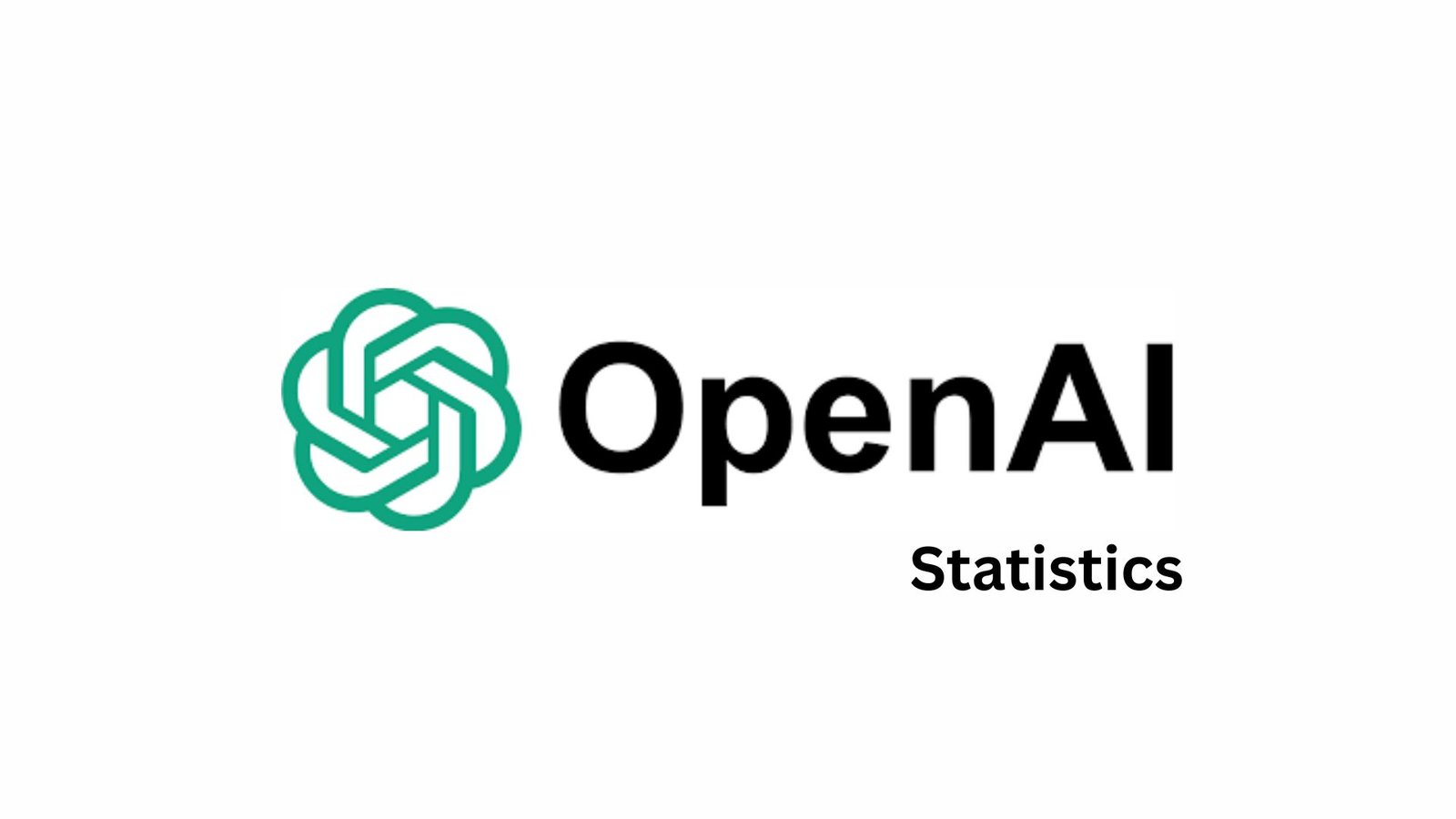AI in Financial Planning and Analysis Market Valued at USD 4,766.4 Mn By 2034
Updated · Aug 29, 2025

WHAT WE HAVE ON THIS PAGE
Introduction
According to Market.us, The Global AI in Financial Planning and Analysis (FP&A) Market is set for rapid growth, rising from USD 240.6 Million in 2024 to nearly USD 4,766.4 Million by 2034, advancing at a CAGR of 34.8% between 2025 and 2034. In 2024, North America led the market with more than 42.5% share, generating about USD 102.2 Million in revenue, supported by strong enterprise adoption and early integration of AI into financial workflows.
AI in Financial Planning and Analysis (FP&A) refers to the integration of advanced technologies – such as machine learning, natural language processing, robotic process automation, and predictive analytics – into financial workflows. These technologies work within core FP&A functions to automate repetitive tasks, deliver faster and more precise forecasting, and support forward-looking strategic decision-making. In this context, AI shifts the role of finance teams from retrospective accounting to proactive, value-generating insight providers.

Findings from the latest FP&A Trends Survey highlight the early stage of adoption, with only 6% of FP&A departments currently using AI or machine learning. However, momentum is building, as 59% of organizations report plans to adopt these technologies soon, largely to enhance forecasting speed and accuracy in an increasingly unpredictable business environment.
The benefits are clear: organizations using AI/ML report an average forecast quality satisfaction rate of 65%, compared to 42% among those without such tools. This demonstrates the tangible value of AI in improving forecasting reliability, driving efficiency, and enabling finance teams to deliver more accurate insights for strategic decision-making.
The top driving factors for the adoption of AI in FP&A include the growing complexity of financial data, increasing demand for real-time and predictive insights, and the push for digital transformation in finance departments. Organizations want to improve forecast accuracy, reduce operational costs, and respond swiftly to market changes. The ability of AI to deliver faster decision-making with less human error, and the rising need for smarter risk management amid volatile markets, also strongly fuel adoption.
Key Takeaways
- The market is projected to reach USD 4,766.4 Million by 2034, growing from USD 240.6 Million in 2024, with a CAGR of 34.8%.
- North America leads the global market with 42.5% share in 2024, generating USD 102.2 Million.
- The U.S. alone accounted for USD 93.7 Million in 2024 and is forecast to grow to USD 1,574.6 Million by 2034, expanding at a 32.6% CAGR.
- By technology, Machine Learning dominates with 39.78% share, supporting predictive and adaptive analytics.
- By deployment, Cloud-based models lead with 52.14% share, driven by scalability and integration advantages.
- By application, Forecasting and Budgeting holds 31.5% share, reflecting demand for real-time predictive insights.
- By enterprise size, Large Enterprises lead with 68.7% share, as they manage complex and high-volume data environments.
- By vertical, Banking and Financial Services account for 29.74%, leveraging AI for cost controls, compliance, and advanced financial planning.
Driver Factor
Advanced Predictive Analytics
AI has become a driving force in financial planning and analysis due to its ability to process large volumes of data quickly and deliver predictive insights. This capability significantly improves forecast accuracy, allowing organizations to plan with more confidence and respond swiftly to changing market conditions. By uncovering hidden patterns in financial data that traditional methods might overlook, AI enables smarter decision-making.
Furthermore, AI automation reduces manual effort in repetitive financial tasks such as data collection and report generation. This frees up finance professionals to focus on strategic activities instead of routine work, enhancing overall productivity. The growing integration of machine learning technologies in FP&A functions supports real-time scenario modeling, making financial planning more dynamic and responsive.
Restraint Factor
Integration and Adoption Difficulties
One significant restraint when implementing AI in financial planning is the challenge of integrating new AI systems with existing legacy financial infrastructures. Many organizations struggle with compatibility issues, data silos, and disruption to established workflows. This makes it difficult to adopt AI solutions smoothly without affecting ongoing operations.
Additionally, finance teams accustomed to traditional methods often resist change, slowing down adoption. The shift requires investment not only in technology but also in training and change management. Overcoming this obstacle demands clear communication and gradual integration to build trust and familiarity with AI tools.
Opportunity Analysis
Enhanced Decision-Making and Scenario Planning
AI presents a huge opportunity to elevate financial planning through enhanced decision-making and scenario analysis capabilities. With AI, finance teams can build multiple “what-if” scenarios quickly, assessing risks and opportunities with much greater speed than manual methods. This helps organizations anticipate potential outcomes and prepare more robust plans.
Moreover, AI enables dynamic, continuous forecasting rather than static annual budgeting. Plans can automatically adjust to real-time inputs such as sales performance or market shifts. This adaptive planning approach boosts agility and competitiveness by enabling businesses to pivot strategies as conditions change.
Challenge Analysis
Data Quality and Management Issues
A major challenge in deploying AI for financial planning is ensuring high-quality, consistent data. AI models rely heavily on clean, accurate, and timely data to produce reliable insights. However, financial data often comes from multiple disparate sources, which may be incomplete or inconsistently formatted, causing errors in AI outputs.
Maintaining data integrity requires robust governance, ongoing cleaning efforts, and effective data integration frameworks. Without these, AI-driven forecasts and analyses risk being misleading, undermining trust and decision quality. Organizations must prioritize data management to unlock AI’s full potential in financial planning.
Regional Analysis
The US AI in Financial Planning and Analysis (FP&A) Market is gaining strong momentum, valued at around USD 93.7 Million in 2024 and expected to grow from USD 124.2 Million in 2025 to nearly USD 1,574.6 Million by 2034, advancing at a CAGR of 32.6% during 2025–2034. This rapid expansion reflects the increasing reliance of U.S. enterprises on AI-driven tools to improve forecasting, scenario planning, and data-driven decision-making in a volatile business environment.

In 2024, North America accounted for more than 42.5% of the global AI in FP&A market, generating about USD 102.2 Million in revenue. The region’s leadership stems from a combination of factors, including a highly developed financial ecosystem, the presence of leading technology providers, and early adoption of AI by large financial institutions. Together, these advantages position North America, and particularly the U.S., as the driving force behind the global adoption of AI-powered financial planning solutions.

Role of Generative AI
- Goals Identification: Generative AI evaluates an individual’s financial landscape to identify and prioritize specific financial goals tailored to that person’s situation.
- Risk Management: It assesses risks using advanced analytics to provide customized risk mitigation strategies and decision support.
- Actionable Recommendations: AI delivers personalized advice relevant to the client’s current goals and changing circumstances.
- Financial Literacy: It helps simplify complex financial concepts to empower better client understanding and decision-making.
- Conversational Interface & Reporting: AI-powered chatbots offer virtual advisory services and generate detailed personalized reports with charts and graphs to support planning.
Emerging Trends
- AI-Driven Planning & Forecasting: Increasing adoption of AI for predictive analytics and automation.
- Integrated Corporate Planning: Consolidating all plans and forecasts into a cohesive, organization-wide strategy.
- Self-Service FP&A Tools: Enabling finance users to create their own reports and models without IT support.
- Emphasis on Data Integration and Quality: Ensuring reliable, consistent data flows across systems.
- Value Driver-Based Planning: Linking financial plans to key business drivers for better insight and decisions.
Growth Factors
- Market Conditions and Industry Dynamics: External environment impacting performance and forecasts.
- Internal Capabilities: Technological advancements and skilled workforce enabling better FP&A execution.
- Advanced Financial Modeling: Using data-driven models for revenue, profitability, and expense analysis.
- Automation and AI Adoption: Improving efficiency and accuracy of financial processes.
- Collaboration Between Finance and Business Units: Enhancing decision-making through integrated business partnering.
Top Use Cases
- Personalized Financial Guidance: AI delivers hyper-personalized advice based on individual financial behavior.
- Automated Accounting Processes: Automating repetitive tasks like invoice processing and reconciliations.
- Predictive Analytics for Forecasting: AI improves accuracy of revenue, cost, and cash flow forecasts.
- Risk Management and Monitoring: Early detection of financial risks with AI analysis of historical and real-time data.
- Fraud Detection and Prevention: AI-based systems identify fraud patterns and reduce false positives.
Customer Insights
- Analyzing Patterns: AI detects trends in customer financial behaviors and preferences.
- Tailored Financial Plans: Dynamic adjustment of plans based on real-time data and customer goals.
- Enhanced Support: Continuous monitoring and adaptive recommendations as personal or market conditions change.
- Informed Decision-Making: Data-driven recommendations enable customers to make confident, well-informed financial decisions.
- Improved Customer Engagement: AI-powered chatbots and virtual assistants provide 24/7 guidance and support.
Key Market Segments
By Technology
- Machine Learning
- Natural Language Processing (NLP)
- Robotic Process Automation (RPA)
- Others
By Deployment
- Cloud-based
- On-premises
- Hybrid
By Application
- Forecasting and Budgeting
- Financial Reporting
- Cash Flow Management
- Risk Management and Compliance
- Others
By Enterprise Size
- Large Enterprises
- SMEs
By Industry Vertical
- Banking and Financial Services
- Retail and E-commerce
- Healthcare
- Manufacturing
- IT & Telecom
- Others
Top Key Players in the Market
- IBM Corporation
- Google LLC
- Microsoft Corporation
- Amazon Web Services, Inc.
- Salesforce, Inc.
- DataRobot, Inc.
- H2O.ai, Inc.
- Alteryx, Inc.
- OpenAI, LP
- SAS Institute Inc.
- Palantir Technologies Inc.
- TIBCO Software Inc.
- Other Major Players
Conclusion
The integration of artificial intelligence into Financial Planning and Analysis is reshaping how finance functions operate, with a clear shift toward automation, predictive capability, and strategic insight generation. While current adoption levels remain modest, the strong intent to implement AI tools across FP&A departments signals a significant transformation ahead. This trend is reinforced by the growing need for real-time forecasting, scenario modeling, and reduced manual workloads.
Despite the promising benefits, the successful implementation of AI depends on high-quality data, strong governance, and upskilling finance professionals. Regulatory clarity and technological trust remain essential to wider adoption. Nevertheless, as organizations increasingly recognize the strategic value of AI-enhanced financial insights, the FP&A function is poised to become more agile, forward-looking, and central to long-term business growth.

Barry loves technology and enjoys researching different tech topics in detail. He collects important statistics and facts to help others. Barry is especially interested in understanding software and writing content that shows its benefits. In his free time, he likes to try out new healthy recipes, practice yoga, meditate, or take nature walks with his child.









